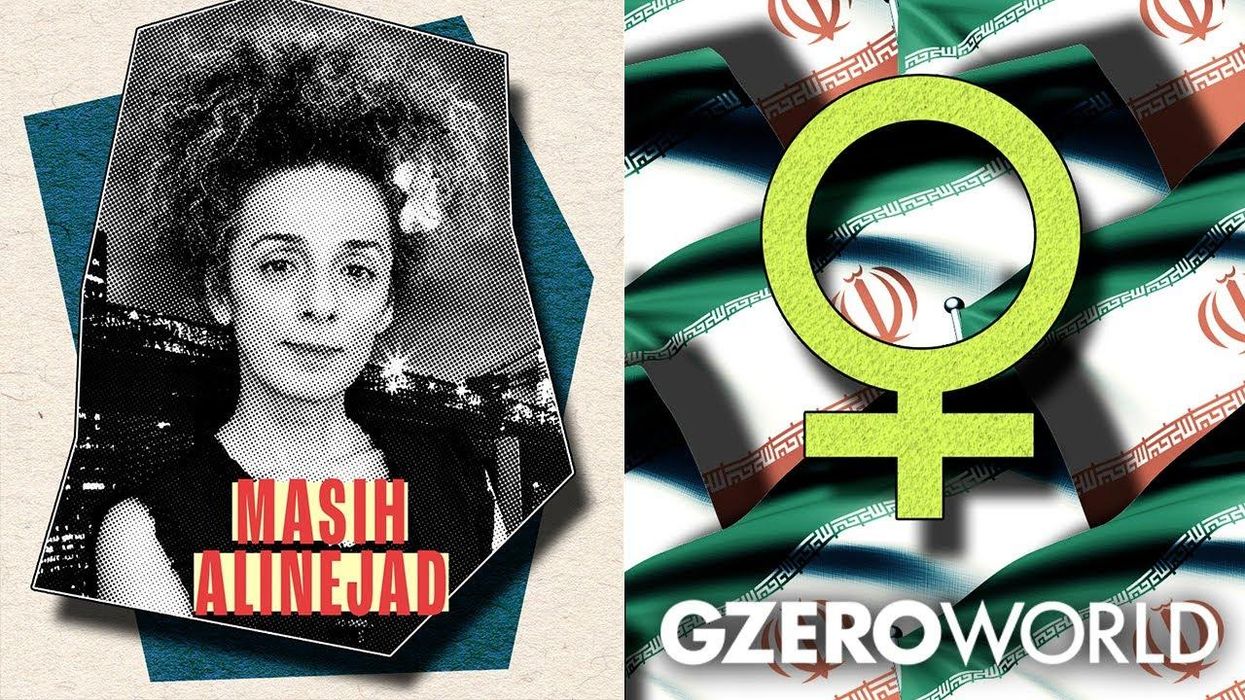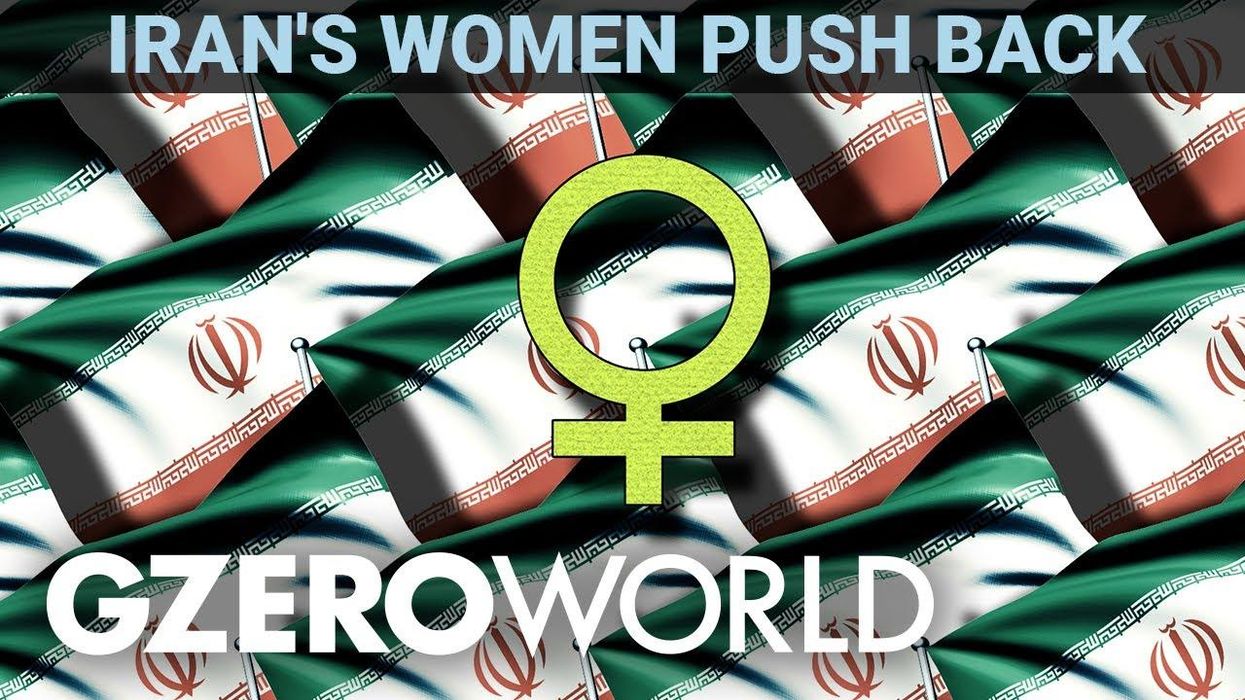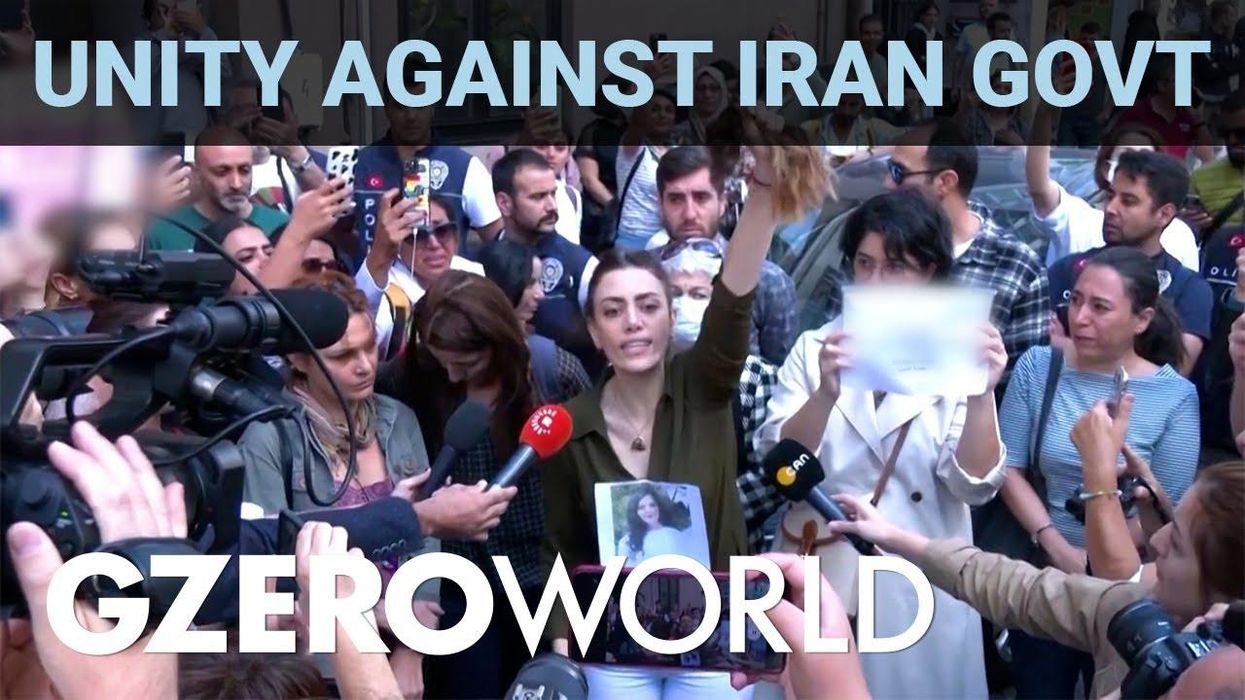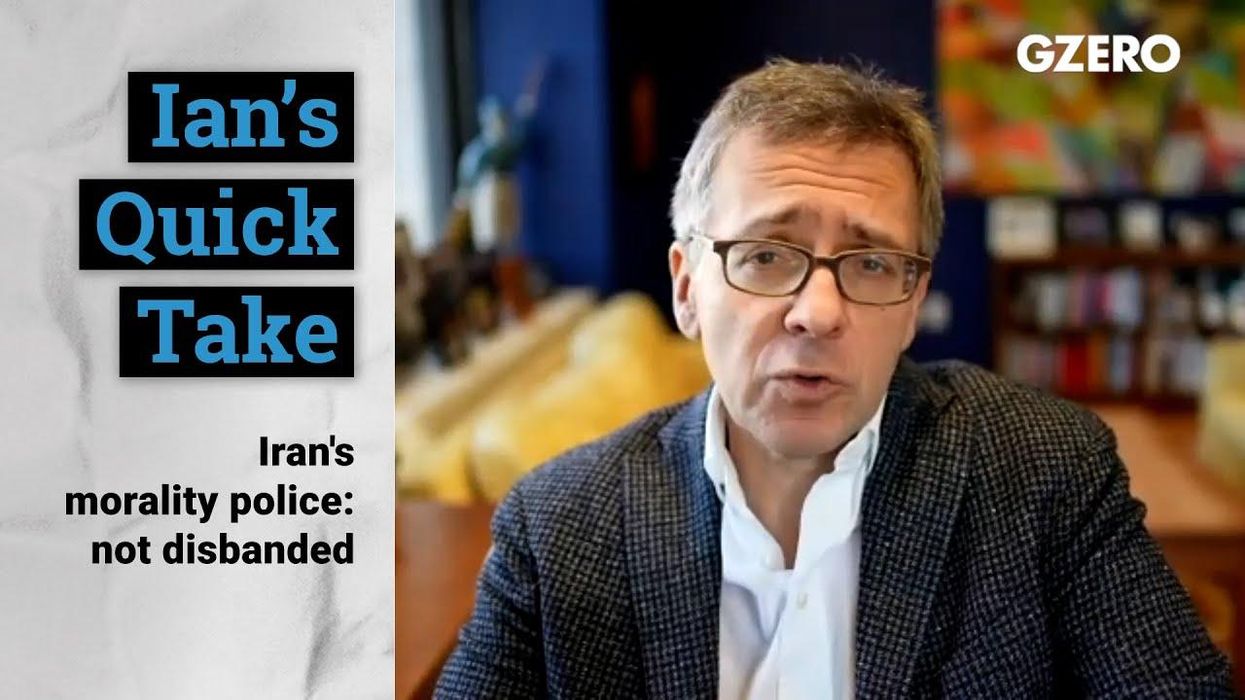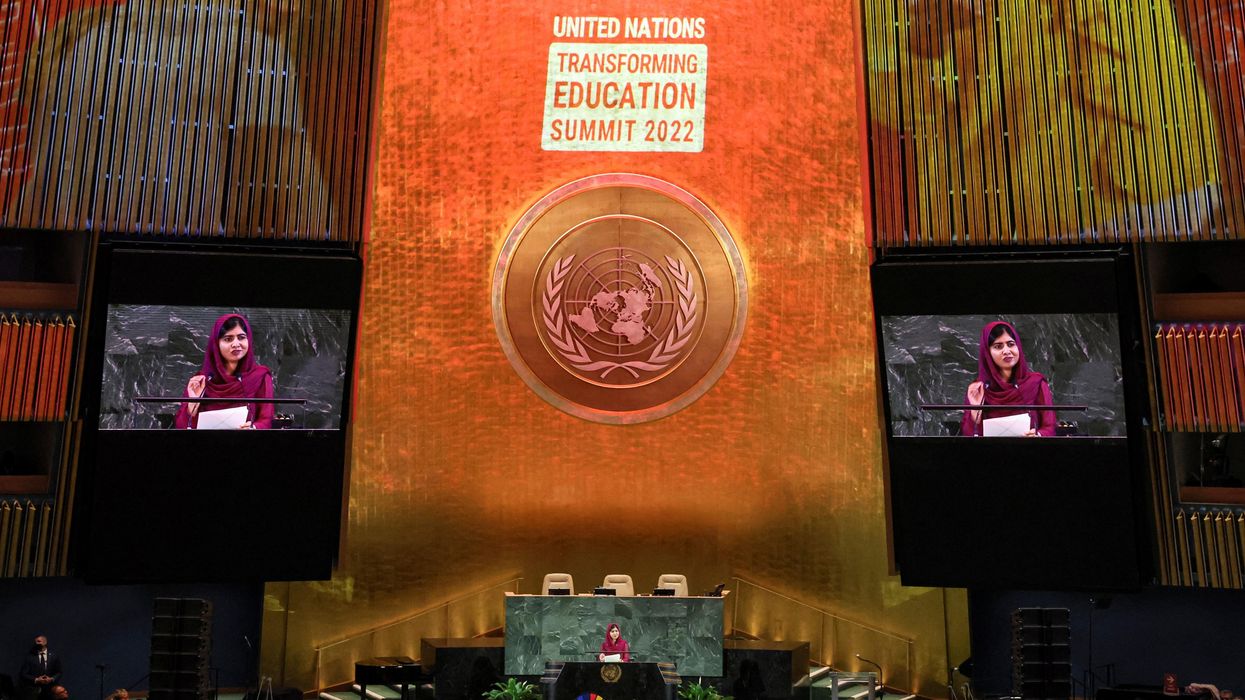GZERO World Clips
Women rising up against Iran's regime: journalist and activist Masih Alinejad
Iran is facing the biggest uprising Iran since the so-called "Green Movement" in 2009. The rallying cry began after a young woman, Mahsa Amini, died after being beaten by cops for not wearing her headscarf properly. Since then, more than 14,000 people have been arrested, at least 326 killed, and one executed. On GZERO World, Ian Bremmer speaks to Iranian journalist and activist Masih Alinejad, a sworn enemy of the Supreme Leader; it's widely believed that Iranian spies have tried to kidnap and assassinate her in New York.
Dec 25, 2022
